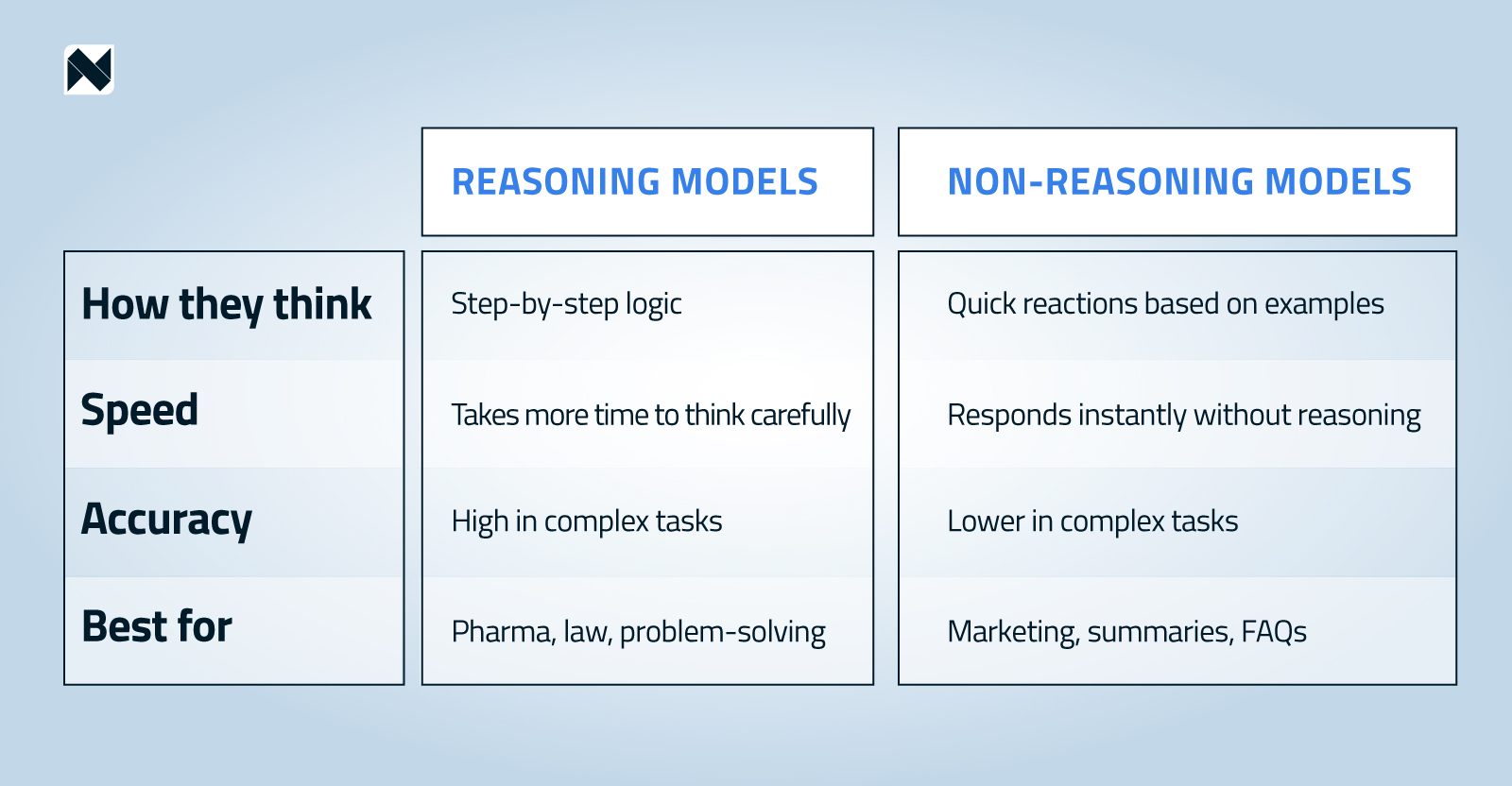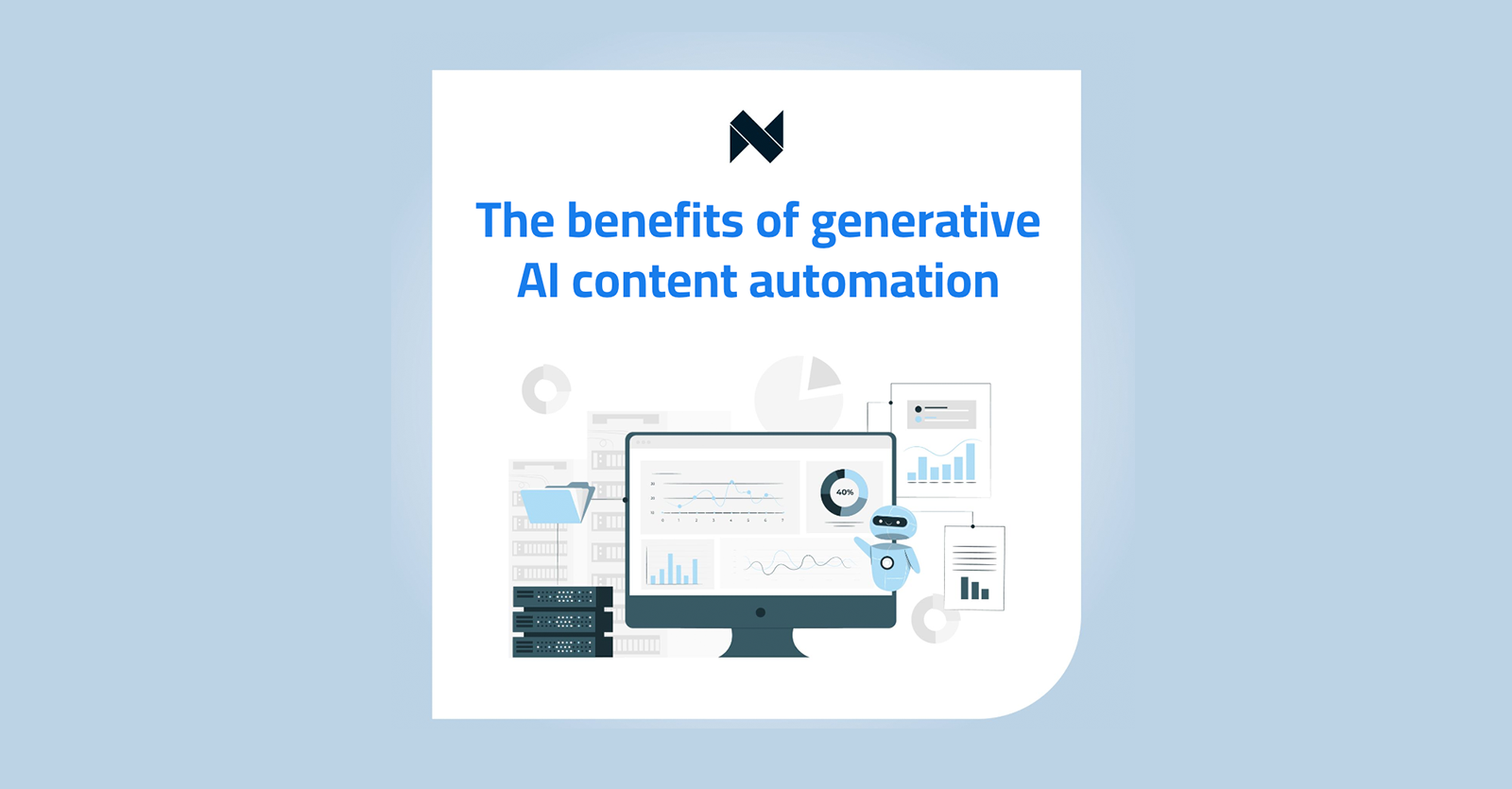November 26, 2020
Companies that use artificial intelligence earn 5% more revenue

By Narrativa Staff
It is no secret that companies are becoming increasingly more aware of the potential of new technologies and process automation for their businesses. However, 2020 has seen astonishing growth in the use of artificial intelligence across all sectors.
As usual, the McKinsey Global Institute has conducted its annual survey on the State of Artificial Intelligence, comprising more than 2,300 participants from various regions and industries around the world. The main conclusion of the survey was that companies are using artificial intelligence principally as a tool to generate value.
Some data from the year 2020:
- 22% of those surveyed maintain that at least 5% of their profits can be attributed to the introduction of AI into their business. This shows how its value translates into profit; more than half of the participants said they were able to reduce costs in various areas, particularly in the optimization of talent management and automation.
- 50% of respondents have embraced artificial intelligence in at least one of their business functions.
- Those companies that use artificial intelligence on a continual basis and that see the value in their EBIT, experience better year-over-year year growth than other companies. Also, their CEOs are considered more effective and perform better overall.
COVID speeds up the process
While some may have expected the emergence of the coronavirus to hold back the expansion of artificial intelligence, companies have continued to invest in AI during the pandemic. In fact, many have increased their investment in order to deal with the crisis more effectively.
Companies most likely to invest in this way have been those from the health sector, such as pharmaceuticals. In fact, the head of a pharmaceutical company stated in an interview with McKinsey that the use of artificial intelligence was promoted to keep things going during the pandemic.
The crisis enabled them to launch the AI initiatives that had been planned, and to install them more quickly and efficiently, since the organization was even more dependent on the capabilities of artificial intelligence.
Automotive and assembly line companies are also leading the way in this use of AI. However, progress is not moving at the same pace in all parts of the world. In Latin American countries and developing nations, the implementation of AI is not yet at the same level as the rest of the world.
Machine Learning
Regarding the implementation of machine learning, or automatic learning, only 16% of companies have adopted this technology beyond the experimental or pilot phase. As might be expected, technology and telecommunications companies are leading the way in this domain.
However, this area of artificial intelligence can be very useful for all types of companies:
- Financial services can use it to detect investment opportunities or prevent fraud.
- Production companies can use data analysis to see the best time to increase or halt production.
- Natural language processing (NLP) can be used to extract information, answer questions, or for machine translation or text generation, as is the case with Narrativa.
On the downside, few companies are working to reduce the risks posed by artificial intelligence, such as unwanted biases in decision making. While they recognize the importance of cybersecurity, there is still a long way to go.
What separates the best companies from the rest?
Artificial intelligence can be a point of differentiation for companies. The data from this study shows us what kinds of practices separate the best companies from the rest; those that see the value of artificial intelligence to grow their business and not as a threat.
Let’s talk about how to introduce artificial intelligence at your company!
Here is the link to the McKinsey survey for the full results:
Does the same apply to the Life Sciences industry?
The potential savings in terms of time and money from implementing AI tools, like NLP and natural language generation (NLG), across various Life Sciences operations is significant. For example, our business partners in the industry have reported that utilizing our NLP and NLG tools to automate regulatory submissions, like clinical study reports (CSRs), gave them access to more resources by saving time and money on tasks that do not require significant human input, yet are tiresome to complete.
Our partners highlighted that our NLP- and NLG-based automation tools supported their medical writing teams in creating Tables, Lists, and Figures (TLFs) and patient safety narratives with a few clicks in a matter of minutes. This translated into not only significant time and cost savings for their medical writing teams, but also an increase in productivity as these teams felt empowered to direct their efforts toward higher-value tasks instead of wasting time and financial capital on repetitive work.
Share







